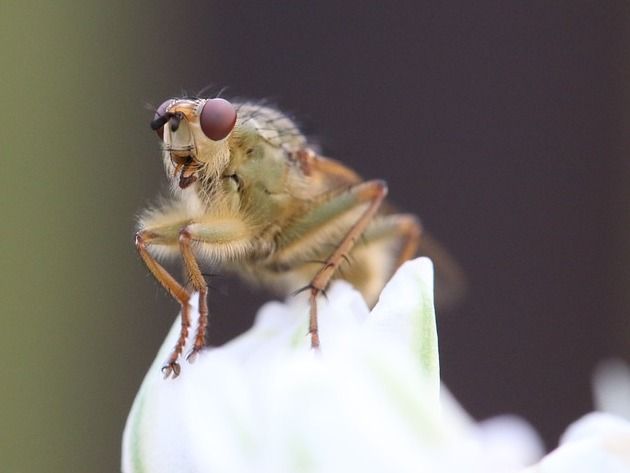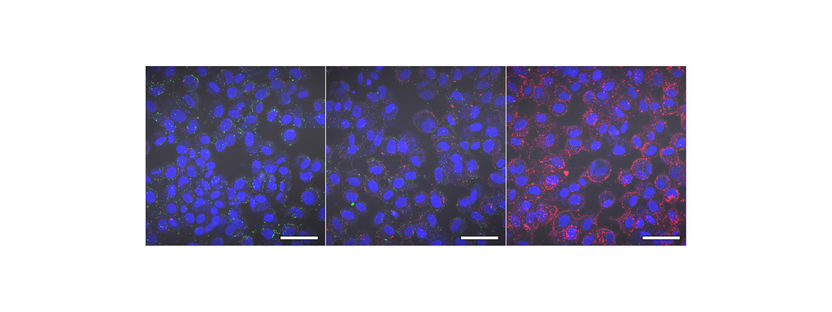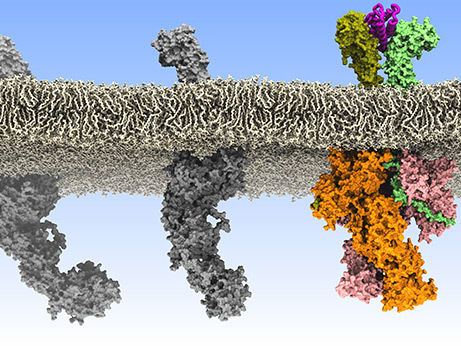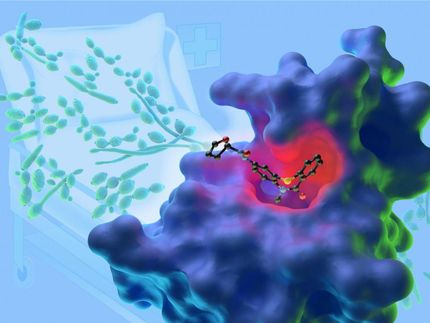Napping flies have higher resistance to deadly human pathogen
A new University of Maryland study has found that fruit flies genetically coded to take frequent naps had the strongest resistance to both a fungal infection and to a bacteria that the World Health Organization says is one of the world's most dangerous superbugs for humans.

Unsplash; pixabay.com; CC0
Researchers study the common fruit fly, Drosophila melanogaster, because these tiny flies provide a great model system for studying issues important to human health. More than 70 percent of human disease-causing genes have a corresponding disease gene in this reproductively prolific and short-lived fly. Researchers can study traits across many generations of fruit flies to understand the genetic basis for specific and general immune system factors involved in individual differences in resistance to disease. In many cases, later human research has shown that what applies to flies also applies to humans.
Such fly research also may inform efforts to develop new methods to control other insects, such as mosquitoes, which have been called the most dangerous animals on Earth because they are vectors for major human diseases such as malaria, encephalitis and Zika.
The current study looked at how some 72,000 individual fruit flies varied in resistance to a fungus and to the deadly pathogenic bacteria Pseudomonas aeruginosa. The study found significant genetic variation among fruit flies in their resistance to the specialist insect pathogenic fungus Metarhizium anisopliae and that this resistance generally correlated with resistance to the bacteria. The research found a number of different genetically-determined traits accounted for this increased resistance. These included both disease-specific genetic variations and variations in traits -- like sleep patterns or reduced sensitivity to stress or starvation -- that confer greater generalized immune system resistance to disease.
"We found that flies resistant to the fungus were also resistant to the Pseudomonas bacteria and that the most resistant flies were those that tend to take lots of naps," said senior author Raymond St. Leger, a Distinguished University Professor in UMD's department of Entomology, which is part of both the university's College of Agriculture and Natural Resources and its College of Computer Mathematical and Natural Sciences. "We speculate that frequent naps charge up the immune system allowing the fly to meet new disease challenges when it's awake."
St. Leger and his two UMD colleagues, graduate student and first author of the paper Jonathan Wang, and post-doctoral associate Hsiao-Ling Lu also found some of the flies carried variants of genes that greatly increased resistance to either the fungus or the bacteria. However, these disease resistance variants were rare, indicating that they also carried negative consequences that kept them from being evolutionarily advantageous enough to increase in the overall population over time.
"The finding that flies resistant to the fungus were also resistant to the bacteria was surprising, because some components of the fly immune system tackle bacteria while other components tackle fungi, just as it happens in humans," said Wang. "We had assumed before the study began that there might be a tradeoff so that resistance to the fungus might be at the expense of resistance to the bacteria. The finding of dual resistance to the two different pathogens indicates that the genes regulating generalized physiological factors played a bigger role in overall resistance than did the genes conferring disease-specific resistance."
The authors write that their new findings provide a "starting point for further research on these important traits."
Original publication
Other news from the department science

Get the life science industry in your inbox
By submitting this form you agree that LUMITOS AG will send you the newsletter(s) selected above by email. Your data will not be passed on to third parties. Your data will be stored and processed in accordance with our data protection regulations. LUMITOS may contact you by email for the purpose of advertising or market and opinion surveys. You can revoke your consent at any time without giving reasons to LUMITOS AG, Ernst-Augustin-Str. 2, 12489 Berlin, Germany or by e-mail at revoke@lumitos.com with effect for the future. In addition, each email contains a link to unsubscribe from the corresponding newsletter.
Most read news
More news from our other portals
Last viewed contents
Bill_Gates

AI offers a faster way to predict antibiotic resistance - Huge new data set combines mass spectrometry data with information on antibiotic resistance
Ernst_Christian_Friedrich_Schering
Category:Cercozoa
Hattie_Alexander

Why Zika and dengue viruses are preferentially transmitted through blood
Cells can read damaged DNA without missing a beat
Ventricular_tachycardia
Pezzottaite

Tracking the HI virus - Researchers makes visible, how AIDS pathogens multiply in the body

How rogue communications between cells lead to Leukaemia - How do cells communicate in blood formation?






















































